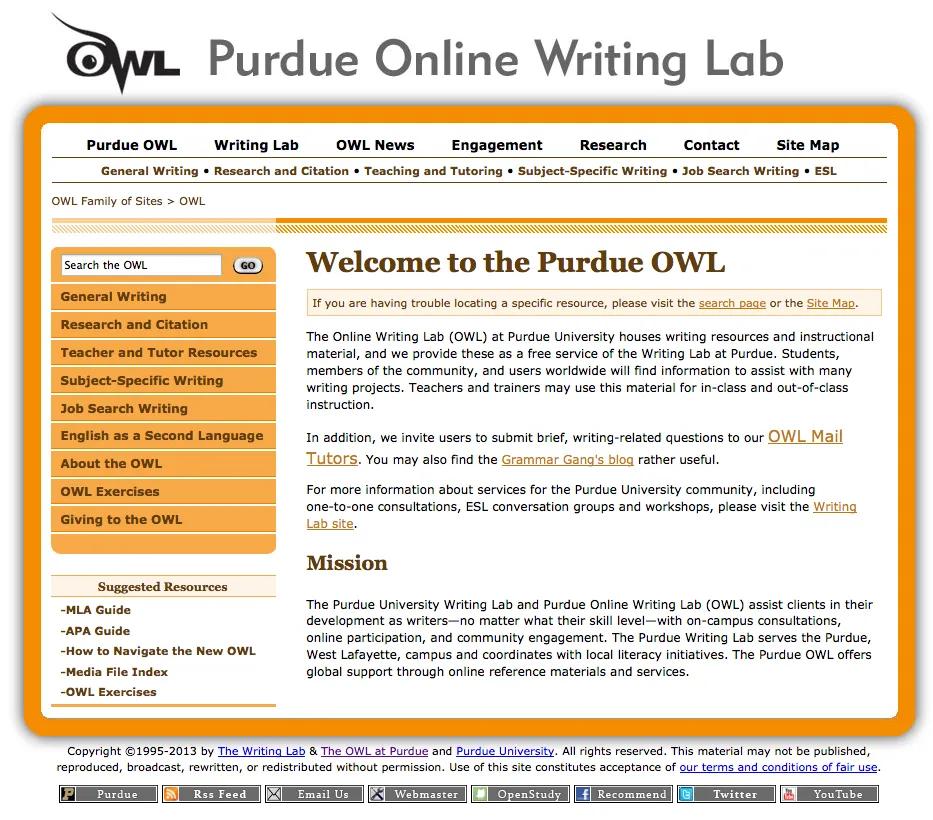What is a Cover Letter
A cover letter is a crucial document that accompanies your resume when applying for a job. It serves as a personalized introduction, allowing you to highlight your qualifications, skills, and enthusiasm for the specific position you’re applying for. Unlike a resume, which provides a factual summary of your experience, a cover letter offers an opportunity to express your personality, explain your motivations, and showcase how your unique abilities align with the needs of the employer. It is a vital part of any job application, so a good one is necessary. It allows the applicant to demonstrate their communication skills.
Importance of a Cover Letter
The importance of a cover letter cannot be overstated in today’s competitive job market. It’s often the first impression you make on a potential employer, and a well-crafted cover letter can significantly increase your chances of landing an interview. It allows you to personalize your application, demonstrating that you’ve taken the time to research the company and the specific role. This personalized approach shows genuine interest and differentiates you from generic applicants. A strong cover letter explains the value you bring to the table and can even make up for some gaps in your resume. It’s your chance to tell your story and make a compelling case for why you’re the perfect fit for the job.
Cover Letter Purdue OWL Structure
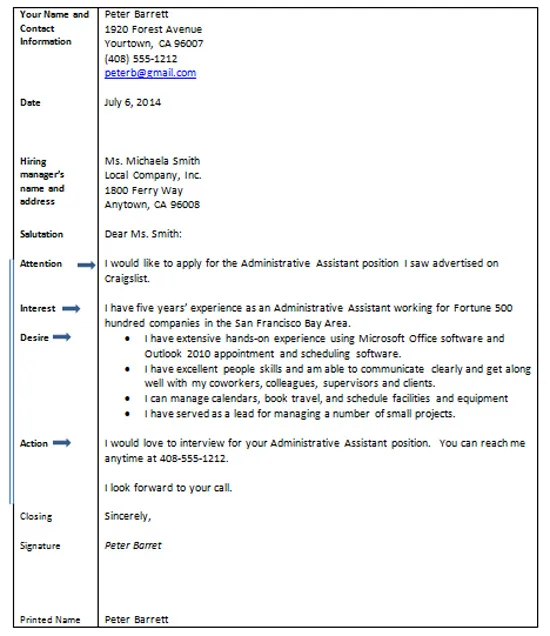
Following a structured approach is key to writing an effective cover letter. The Purdue OWL (Online Writing Lab) provides excellent guidance on structuring a cover letter for maximum impact. A standard cover letter typically includes several key sections, each serving a specific purpose. Adhering to this structure ensures clarity, organization, and a professional presentation of your qualifications. By following this structure, you can effectively communicate your value to a potential employer.
Heading
The heading of your cover letter should include your contact information. This ensures the hiring manager can easily reach you. Include your full name, address, phone number, and email address. Consider using a professional-looking font. The heading sets the stage for your application, establishing your identity and making it simple for the recipient to contact you. Consistency in formatting between your resume and cover letter enhances your professional image and simplifies the review process for employers.
Contact Information
As mentioned above, your contact information should be prominently displayed in the heading. This includes your name, address, phone number, and email address. Ensure the information is accurate and up-to-date. Double-check the spelling of your email address to prevent any delivery issues. Your email address should be professional; avoid using nicknames or informal language. The goal is to make it easy for the recipient to contact you, so accuracy and professionalism are essential. It helps establish a professional impression.
Date
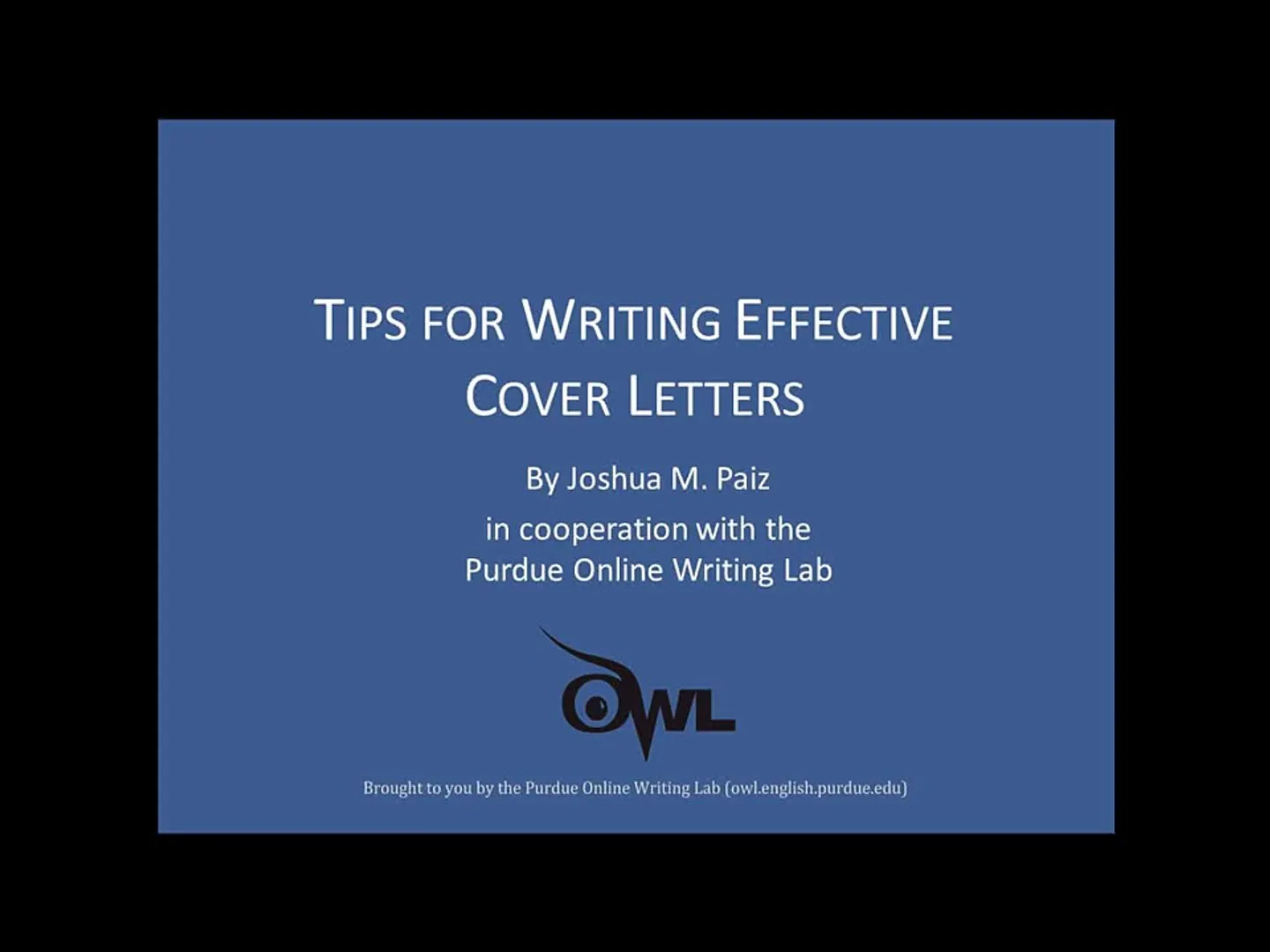
Below your contact information, include the current date. This is a standard practice and helps the employer understand when the application was submitted. The date should align with the day you are sending your application. Make sure the format is consistent with standard business letter formats (e.g., Month Day, Year). This detail is small but contributes to a professional and organized appearance.
Recipient Information
Next, include the recipient’s information. Ideally, address the letter to a specific person (e.g., the hiring manager). Researching the hiring manager’s name demonstrates initiative and attention to detail. If you cannot find a name, use a professional title like ‘Hiring Manager.’ Include the company name, department (if applicable), and address. This shows that you’ve targeted your application, reflecting a genuine interest in the position. It adds a personal touch and increases your chances of getting noticed.
Salutation
The salutation is your formal greeting. Use ‘Dear Mr./Ms./Mx. Last Name’ if you know the hiring manager’s name. If you don’t know the name, use ‘Dear Hiring Manager’ or ‘Dear [Department Name] Team.’ Avoid generic greetings like ‘To Whom It May Concern.’ Your salutation sets the tone for the rest of the letter. A specific salutation is always more professional and shows that you’ve made an effort to personalize the application.
Body Paragraph 1: Introduction
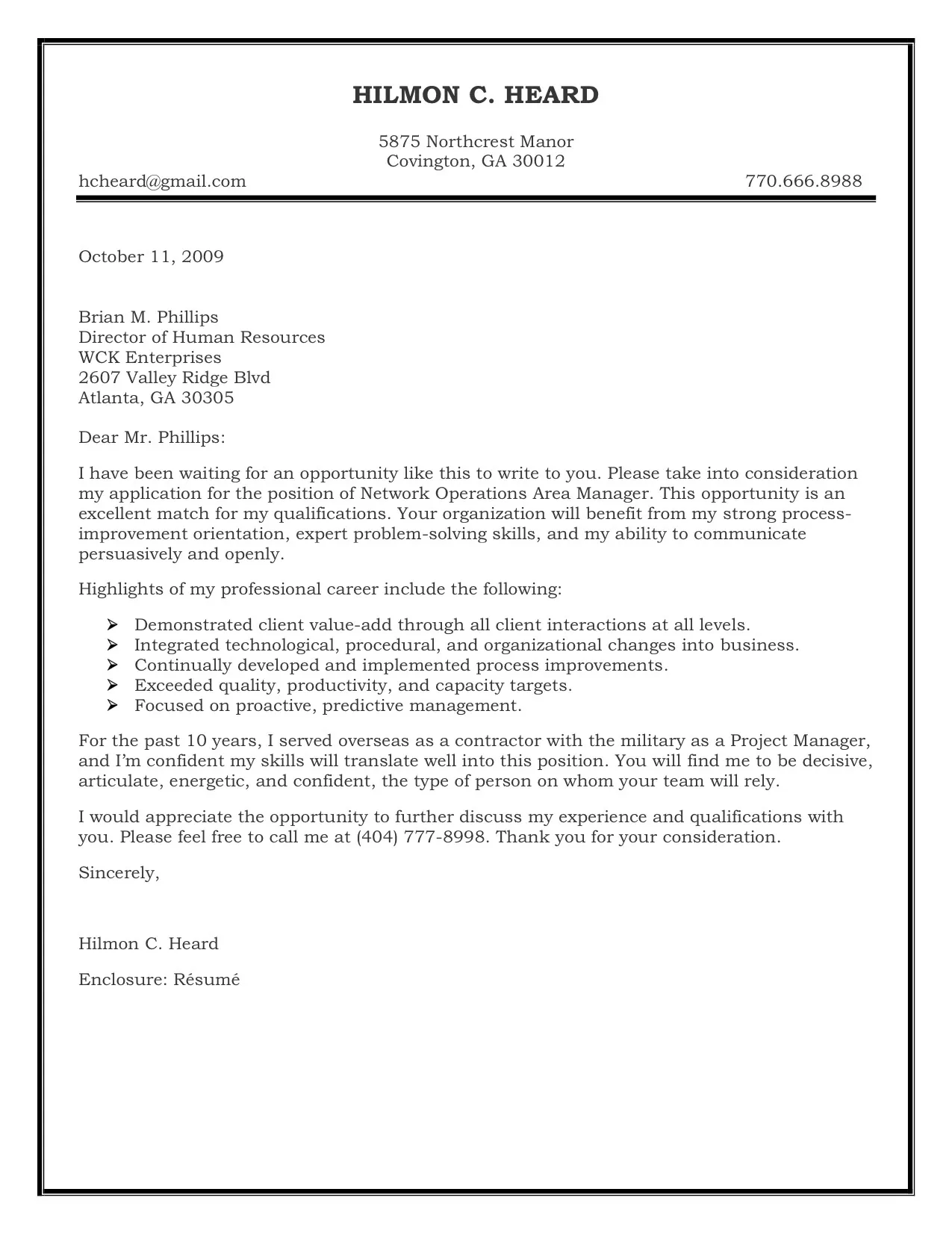
The introduction is your first chance to capture the reader’s attention. Start by stating the position you are applying for and where you saw the job posting. Briefly mention your key qualifications or your most relevant experience. This paragraph should provide a clear overview of your intention and set the stage for the rest of the letter. This helps the recruiter immediately understand the purpose of your letter and gives them a reason to continue reading.
State the Position and Source
Clearly state the position you are applying for and where you found the job posting. This provides context for the hiring manager and ensures they understand which role you’re interested in. Mentioning the source (e.g., LinkedIn, company website, or a specific job board) can also demonstrate how you found the opportunity and shows you’re organized. This helps the recruiter quickly align your application with their open positions.
Body Paragraph 2: Skills and Experience
In this paragraph, highlight your relevant skills and experience. Focus on the qualifications that match the job requirements and demonstrate how your skills and experience align with the role’s needs. Provide specific examples of your accomplishments. Use this section to demonstrate how your past experiences have prepared you for the position. Using examples to illustrate your skills makes your claims more credible and provides the hiring manager with concrete evidence of your capabilities.
Highlight Relevant Qualifications
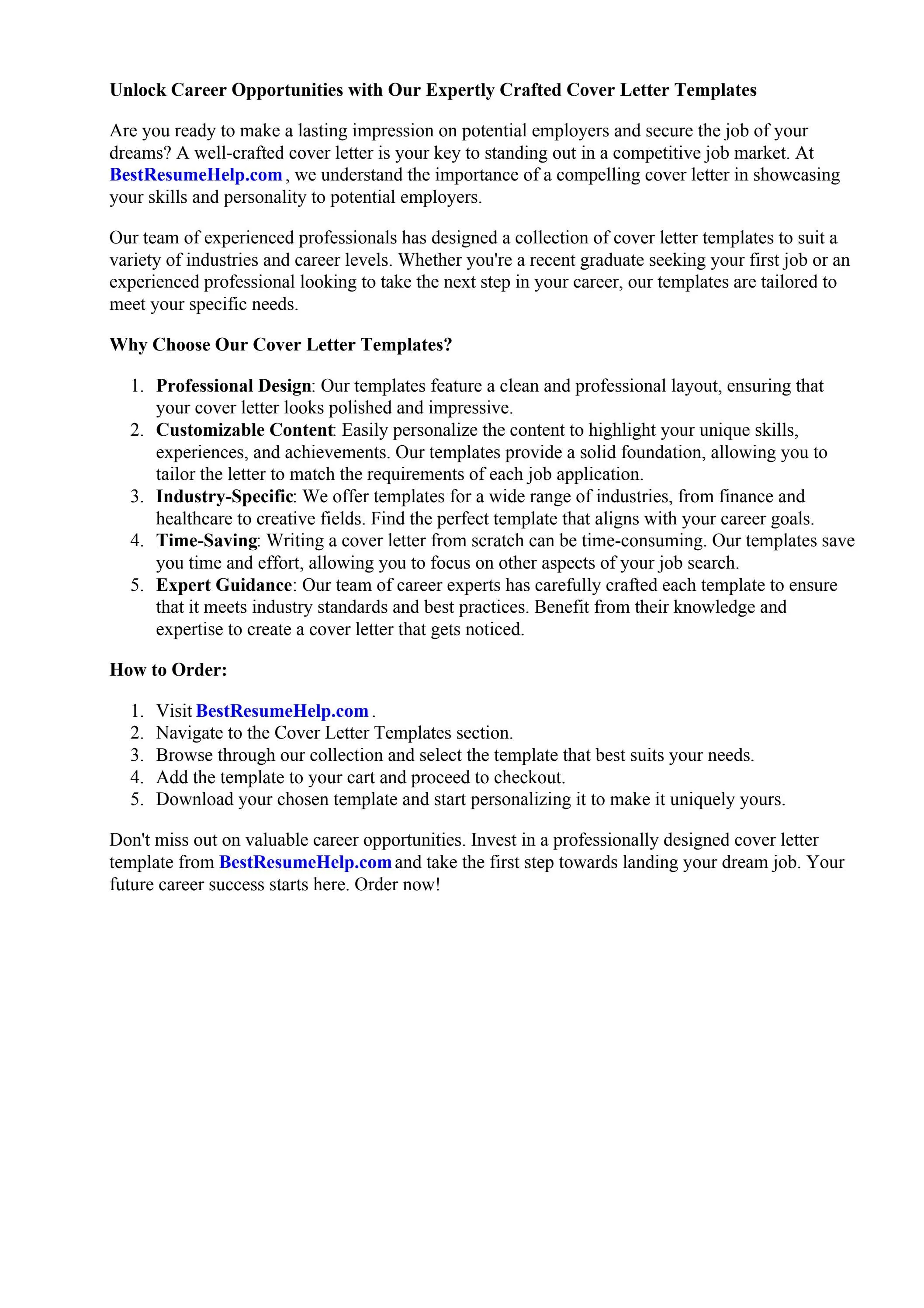
Carefully review the job description and identify the key qualifications the employer is seeking. Then, focus on showcasing how your skills and experience align with these specific requirements. Avoid simply listing your qualifications. Instead, provide examples of how you have successfully utilized these skills in past roles and the positive results you achieved. This targeted approach ensures your cover letter is directly relevant to the job and demonstrates that you’ve carefully considered the role’s needs.
Use Action Verbs
Use strong action verbs to describe your accomplishments and responsibilities. Action verbs create a dynamic and engaging tone. Start sentences with verbs like ‘managed,’ ‘developed,’ ‘achieved,’ ‘implemented,’ or ’led.’ This makes your letter more impactful and gives employers a clear sense of your contributions. A well-placed action verb can quickly demonstrate your abilities and make a lasting impression on the reader.
Body Paragraph 3: Why You’re a Good Fit
In this paragraph, explain why you are a good fit for the company and the specific role. Demonstrate your knowledge of the company and its mission. Explain how your values align with the company’s culture. This paragraph is your opportunity to showcase your enthusiasm and demonstrate that you’ve thoroughly researched the organization. This section helps you stand out by showing that you have not only the qualifications but also the right mindset and enthusiasm for the job.
Demonstrate Knowledge of the Company
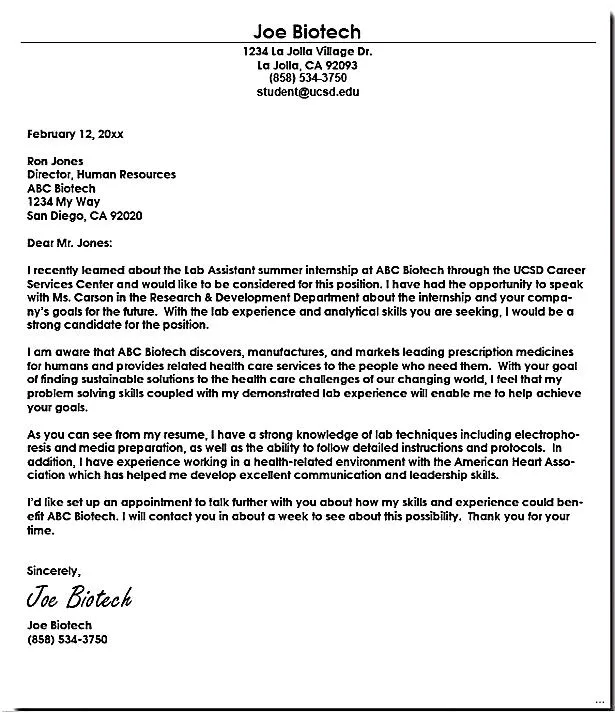
Demonstrate that you’ve researched the company by mentioning specific aspects that appeal to you, such as their mission, values, or recent achievements. Tailor your letter to show your understanding of the company’s industry, its competitive landscape, and its overall goals. This shows the hiring manager that you are genuinely interested in the company, not just looking for any job. This also demonstrates that you have the initiative to go the extra mile.
Body Paragraph 4: Call to Action
Conclude your cover letter with a call to action. Express your enthusiasm for the opportunity and state your interest in an interview. Provide your contact information again and thank the hiring manager for their time and consideration. This helps you leave a positive lasting impression, emphasizing your interest and encouraging the employer to take the next step. A well-crafted call to action ensures that the reader knows what to do next.
Express Enthusiasm and Next Steps
Reiterate your enthusiasm for the position and the company. Make it clear that you are eager to discuss your qualifications further in an interview. Express your availability and how the hiring manager can contact you. Reiterate your interest and make it easy for them to take the next step, which increases your chance of being contacted.
Closing
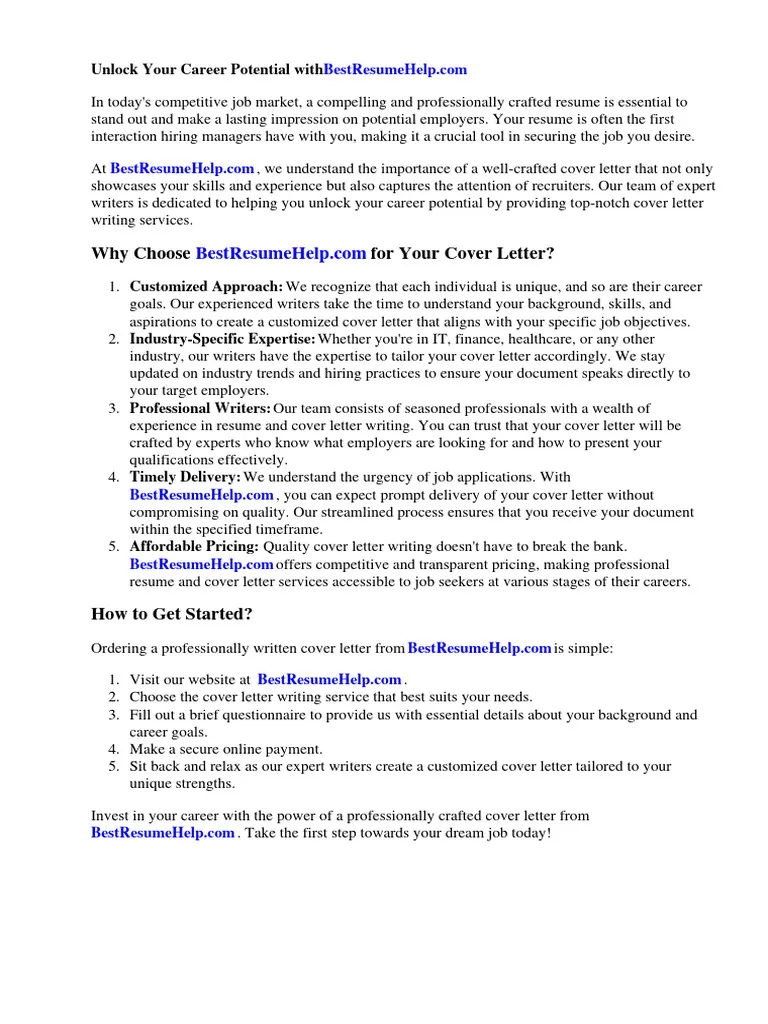
Use a professional closing. Avoid overly casual or informal closings. The closing should reflect the tone you’ve maintained throughout the letter. It is important to end your letter with a proper closing to show respect for the hiring manager.
Complimentary Close
Use a formal and respectful complimentary close. Common choices include ‘Sincerely,’ ‘Respectfully,’ or ‘Best regards.’ Choose a closing that matches the tone of your letter. This is a final touch that reinforces your professionalism and attention to detail. This provides the finishing touch on a professional letter.
Signature
If submitting a physical copy, leave space for your handwritten signature above your typed name. If sending an electronic copy, you can type your name. Adding a handwritten signature to a printed cover letter adds a personal touch. Make sure that the signature is easy to read and matches your printed name.
Cover Letter Purdue OWL: Formatting Tips
Formatting is an essential element of a professional cover letter. The Purdue OWL provides excellent advice on formatting to ensure your cover letter is polished and easy to read. Consistent formatting throughout your cover letter shows professionalism and attention to detail. Pay attention to the layout and ensure your letter is visually appealing. Properly formatting your cover letter helps create a positive first impression and showcases your professionalism.
Font and Font Size
Choose a clear, professional font, such as Times New Roman, Arial, or Calibri. Use a font size between 10 and 12 points. Ensure the font is easy to read and looks professional. The goal is to create a clean and readable document that’s easy for the reader to scan. Choosing a standard font makes your letter look polished and professional.
Margins and Spacing
Use standard one-inch margins on all sides of your cover letter. Use single spacing for the body of your letter, with a blank line between paragraphs. Proper margins and spacing make your letter look organized and uncluttered. Consistent spacing improves readability and allows the reader to easily scan the document. These small details significantly improve the overall presentation and professionalism of your application.
Proofreading and Editing
Thoroughly proofread and edit your cover letter before submitting it. Check for grammar, spelling, punctuation, and formatting errors. A polished and error-free cover letter demonstrates attention to detail. Ask someone else to review your cover letter for a fresh perspective. Proofreading helps ensure that your cover letter effectively communicates your message and makes a positive first impression. Always double-check to ensure your cover letter is free of errors, as this reflects your attention to detail.
